Hardboard
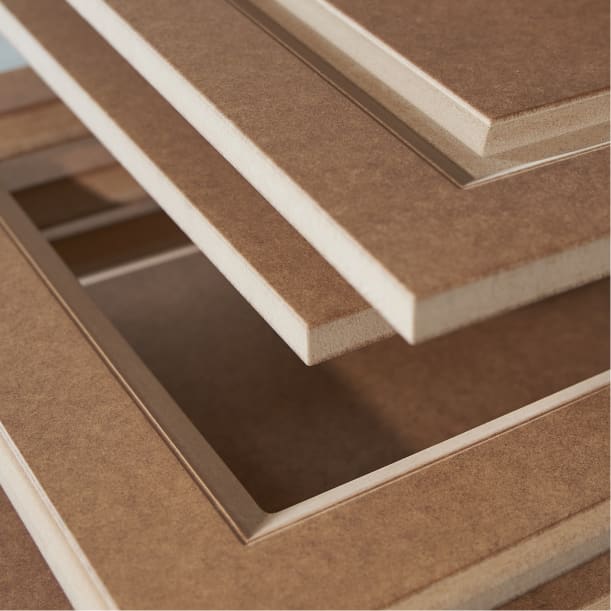
Hardboard, also known as high-density fiberboard (HDF), is a type of engineered wood product made from compressed wood fibers. It is dense, strong, and has a smooth surface, making it suitable for various applications.
Manufacturing Process of Hardboard
1. Wood preparation
Hardboard is typically made from wood fibers obtained from different wood species, including hardwoods and softwoods. The wood is chipped or shredded into small pieces.
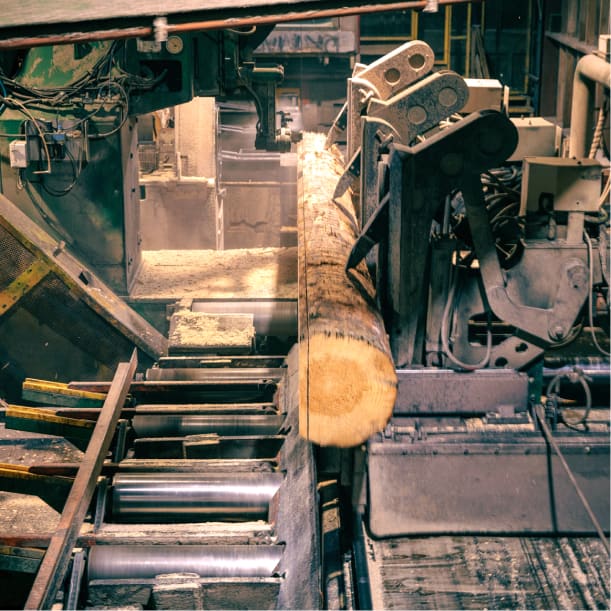
2. Fiber extraction
- The wood chips or fibers are then steamed or subjected to high-pressure and heat to soften them. This process helps release lignin, a natural binder in wood.
3. Fiber blending
The softened wood fibers are mixed with water and blended to create a slurry-like consistency. Sometimes, additives such as waxes, resins, or binders may be incorporated to enhance the board’s properties.
4. Forming and pressing
The fiber slurry is evenly distributed onto a moving conveyor belt or screen. Excess water is drained, and the fibers are mechanically compressed under high pressure to form a solid mat.
5. Heat and pressure application
The fiber mat is subjected to heat and pressure in a hot-pressing machine. This process involves heating the mat to a specific temperature while applying pressure to compress and bond the fibers together.
6. Drying and finishing
The pressed hardboard is then dried to remove any remaining moisture. It may undergo additional treatments, such as sanding or coating, to achieve a smooth, uniform surface.
Common uses of Gypsum Board
Paneling and Wall Coverings
Hardboard panels are commonly used as an interior wall covering material. They can be painted, laminated, or veneered to enhance their appearance.
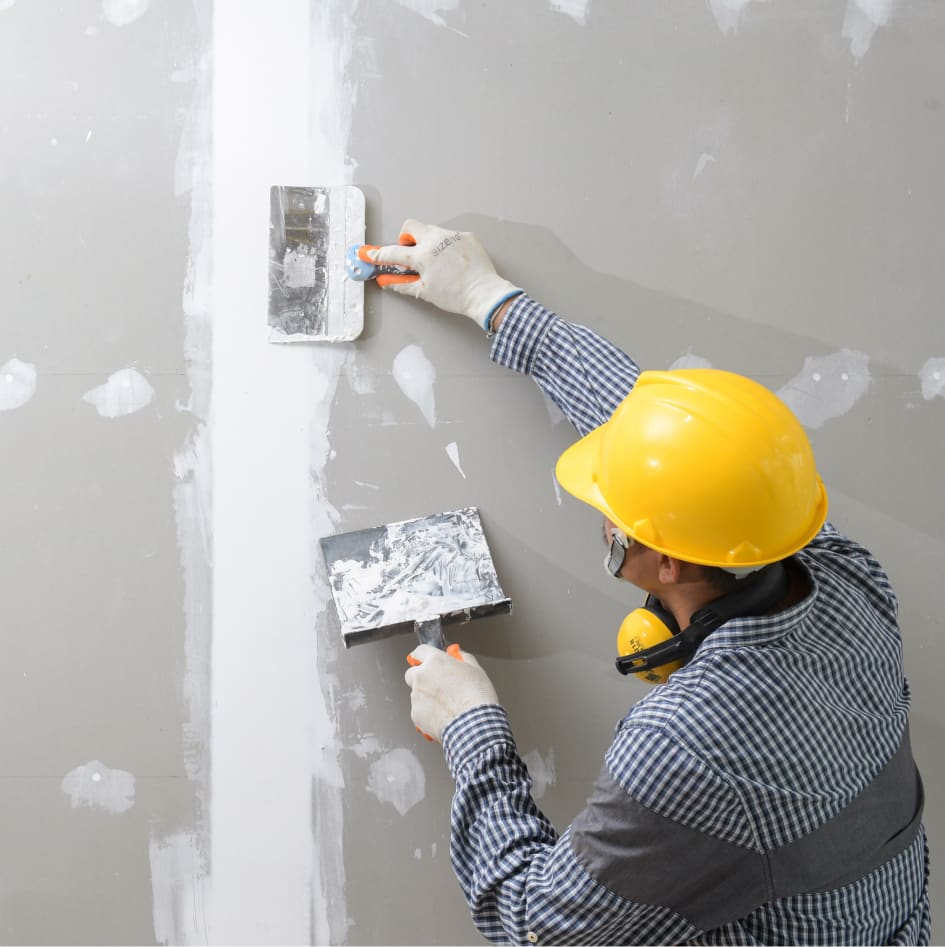
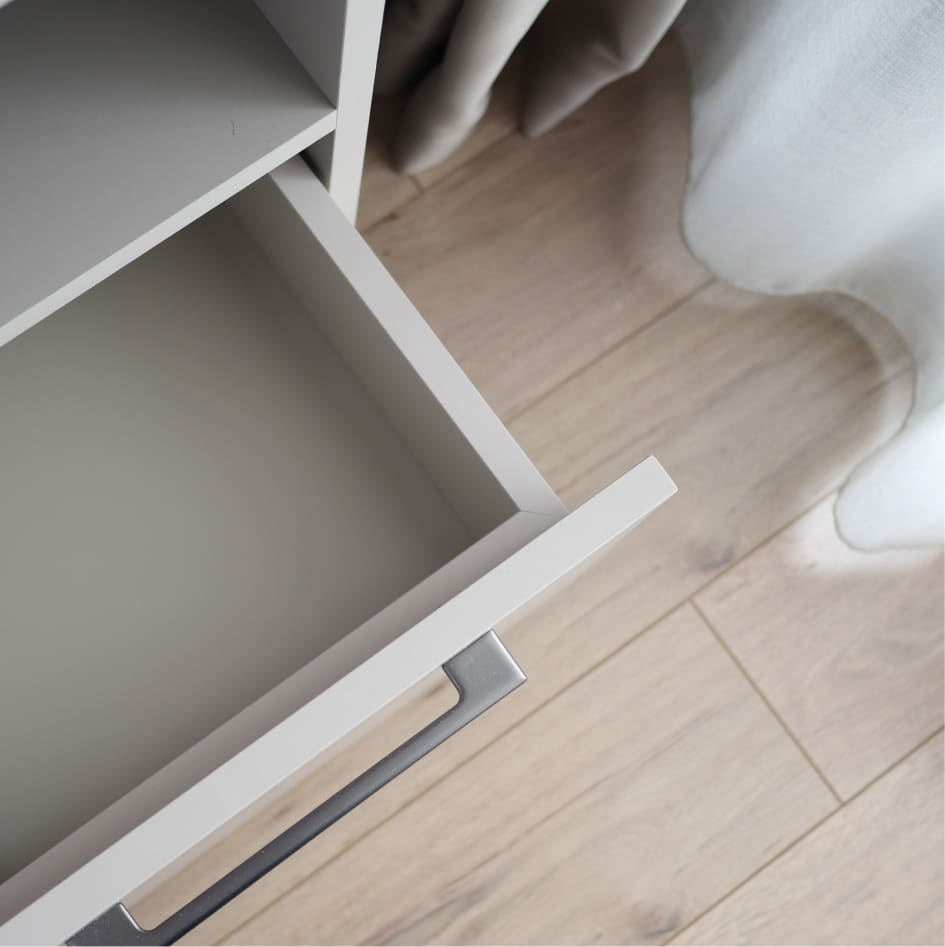
Furniture Components
Hardboard is used in the manufacture of furniture, particularly for backings, drawer bottoms, and cabinet interiors. It provides stability and strength to the furniture structure.
Doors
Hardboard can be used for manufacturing interior doors. It is durable, lightweight, and can be molded into different designs.
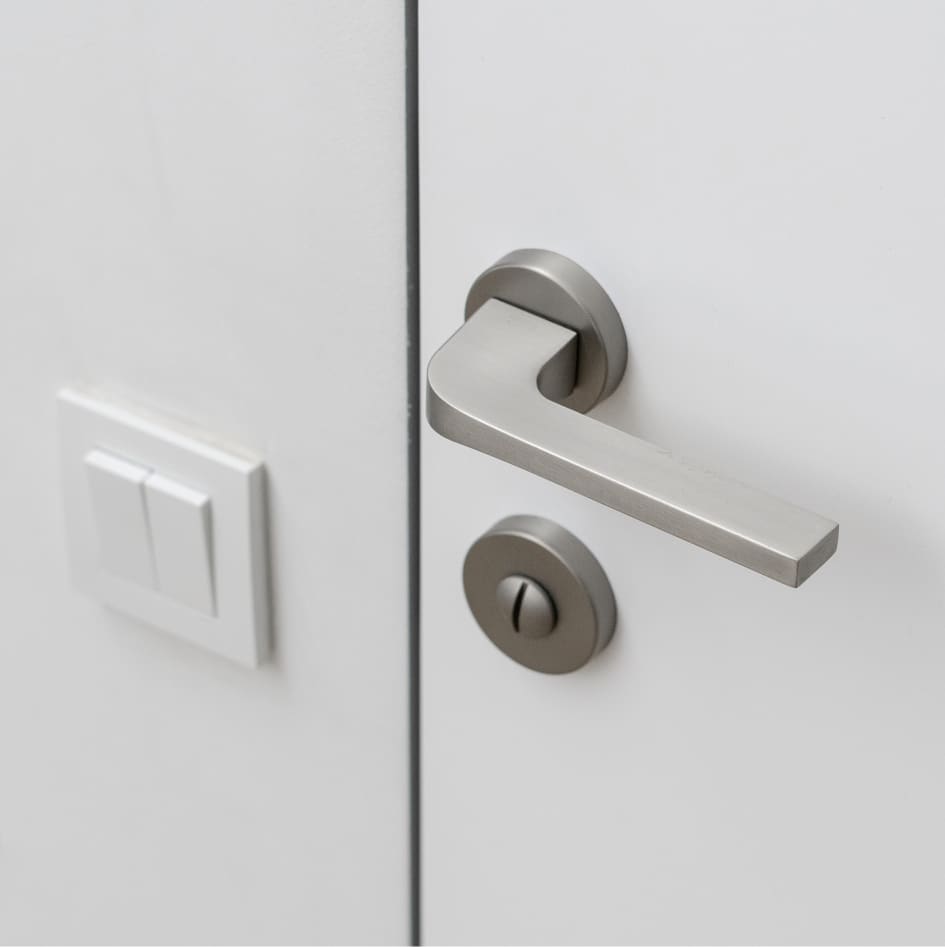
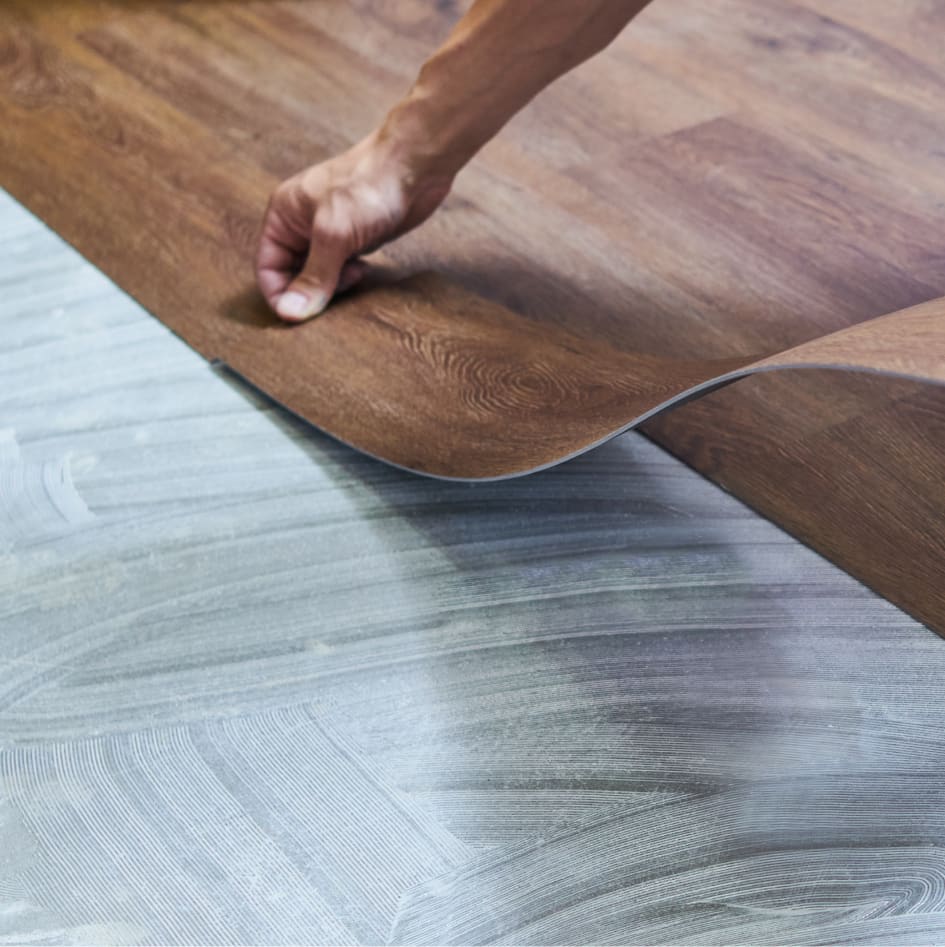
Flooring Underlayment
Hardboard sheets are often used as an underlayment material for vinyl, laminate, or hardwood flooring. It provides a smooth, stable surface for the flooring installation.
Craft and Hobby Applications
Hardboard is popular in arts, crafts, and hobby projects. It can be easily cut, painted, and shaped for various creative endeavors, such as painting panels, signs, or model-making.
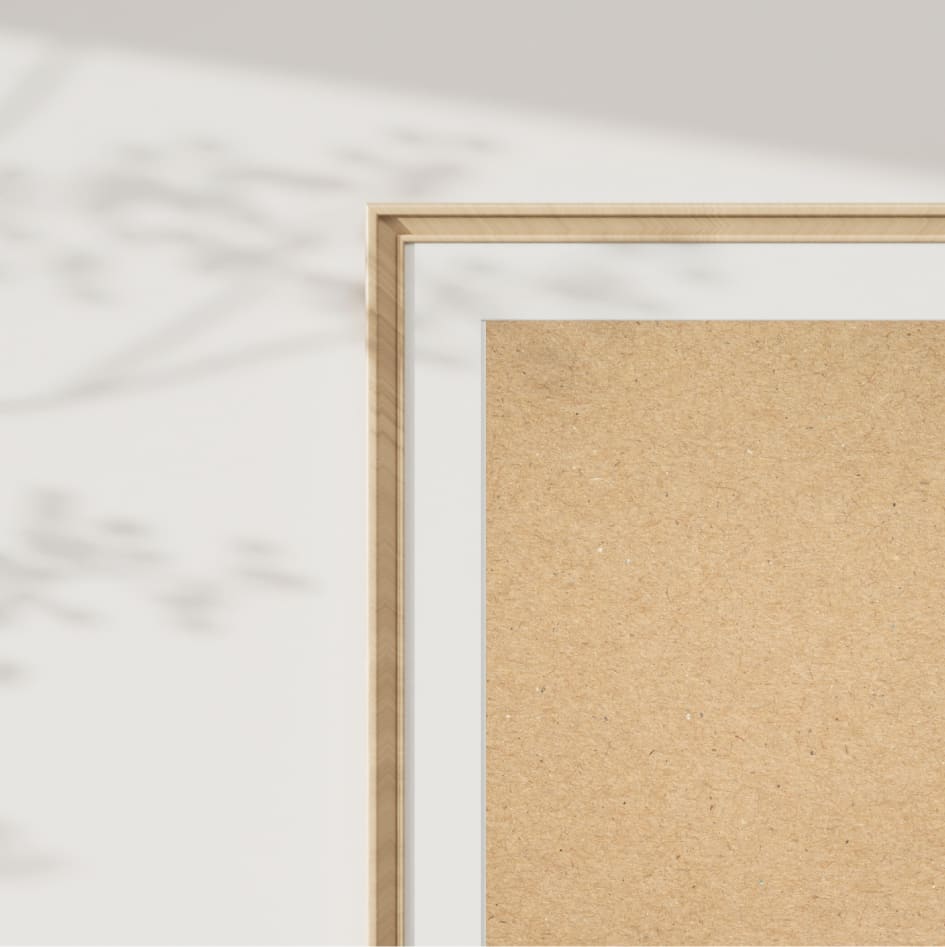
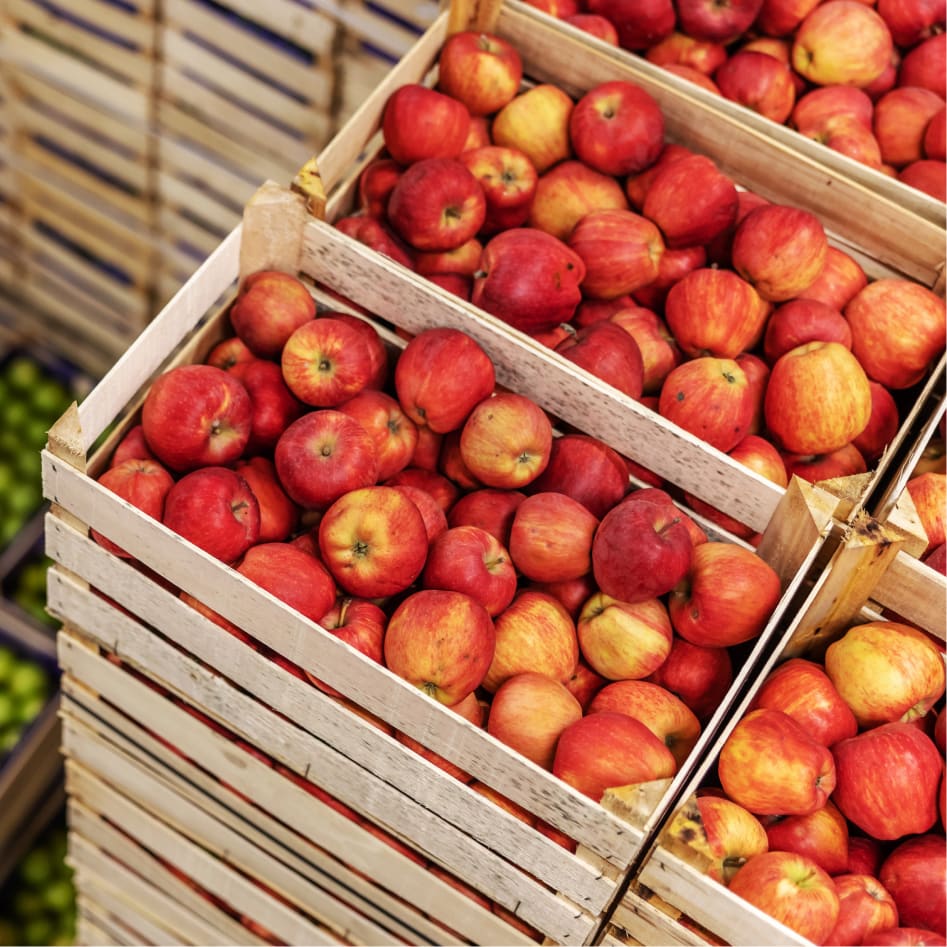
Packaging and Backing Material
Hardboard sheets can be used as protective packaging material for delicate items. They also serve as backing boards for frames and artwork.
Important to note:
It’s important to note that hardboard is not suitable for outdoor applications as it is prone to swelling and deterioration when exposed to moisture.
Therefore, it is primarily used in interior settings where it can provide strength, stability, and a smooth surface finish.